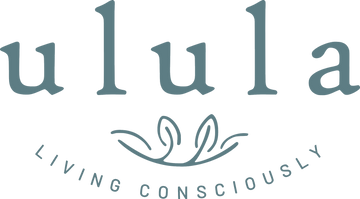
POLLINATORS
Wild bees and other pollinators are in decline, but we can all help to reverse this, and one-way that we can help is by filling our window boxes, planters and gardens with flowering plants that provide forage for a wide variety of pollinating insects.
While nature's top pollinators are bees, it is also birds, bats, butterflies, moths, hoverflies, beetles, and other small mammals that pollinate plants, and together they are all responsible for somewhere between 75% and 95% of all flowering plants on the earth that need help with pollination they need pollinators. Pollinators provide pollination services to over 180,000 different plant species and more than 1200 crops essentially pollinators are bringing us one out of every three bites of food!
They also sustain and ensure our ecosystems stay healthy; keeping our air to breathe clean and increasing carbon sequestration; stabilising soils to protect them against severe weather and erosion; and produce our natural resources by helping plants to reproduce; Plus, other wildlife is also supported through all this amazing work.
Pollinating animals and insects travel from plant to plant, flower to flower, carrying pollen on their bodies in a vital interaction that allows the transfer of genetic material critical to the reproductive system of most flowering plants which brings us our countless fruits and vegetables, nuts and at least half of the world's oils, fibres and raw materials.
How we can help
Nasturtiums and runner beans are both known to be attractive to bumblebees as a source of both pollen and nectar, and the flower shape provides a landing platform for insects. Only very long-tongued bumblebees such as the Garden Bumblebee (Bombus hortorum) can reach the nectar at the bottom of the spur, but when a lot of nectar has accumulated, other species are able to access it too.
Let your chives flower and they will provide welcome nectar for bumblebees, honeybees, mason bees and leafcutter bees. The pretty purple flowers can also be eaten and used to add a splash of colour to salads but leave some for the bees to visit too!

Sunflowers are a pollinator superhero for lots of amazing reasons they are tall and brightly coloured for easy visibility to the insects and animals from a distance; they produce abundant sources of both pollen and nectar; their broad, flat faces make it easy for butterflies and other large-winged insects to land on them (sort of like a helipad); and their lush foliage provides an excellent food source for butterfly caterpillars. To best support the pollinators in your garden, plant your sunflowers in groups rather than scattering them all over; this way it is easier for pollinators to find them and gather food efficiently. Its also best, where possible, to plant your sunflowers in a place protected from wind; both the plants and pollinators enjoy a calm, protected area.
Lavender must be a favourite of nearly all of us, and it is a wonderful attractor for pollinators like a magnet, the bees, moths and butterflies come to the lavender flowers which offer both pollen and nectar. Lavender is so important in gardens as they flower in the €˜midsummer gap' when the hungriest of pollinators have fewer plants and flowers to chose from.
Lavenders Blue
Lavender's blue, dilly, dilly
Lavender's green
When I am king, dilly, dilly
You shall be queen
Who told you so, dilly, dilly
Who told you so?
'Twas my own heart, dilly, dilly
That told me so
I love to dance, dilly, dilly
I love to sing
When I am queen, dilly, dilly
You'll be my king
Who told me so, dilly, dilly
Who told me so?
I told myself, dilly, dilly
I told me so


